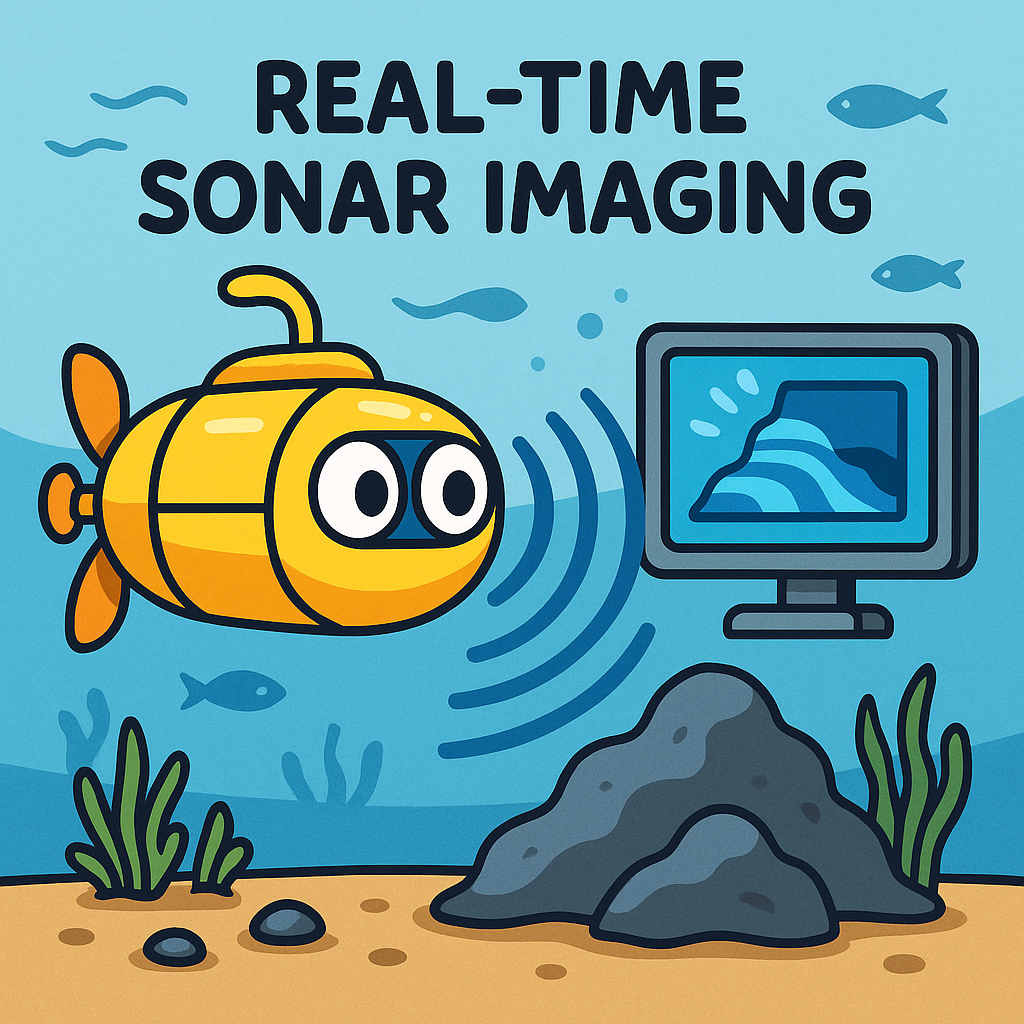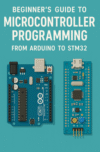Hardware Architecture Choices for Low-Power DSP in Sonar Imaging
When designing low-power DSP algorithms for real-time sonar imaging in Autonomous Underwater Vehicles (AUVs), the choice of hardware architecture is critical. Options such as STM32, ESP32, RISC-V, and Jetson Orin Nano offer distinct advantages based on processing requirements, power constraints, and cost considerations.
- STM32: Known for its low power consumption and integrated DSP capabilities, STM32 microcontrollers are suitable for real-time processing in resource-constrained environments.
- ESP32: This SoC combines Wi-Fi and Bluetooth capabilities with a dual-core processor, making it ideal for connectivity in AUVs while maintaining efficiency.
- RISC-V: With its open architecture, RISC-V allows for custom instruction sets that can be optimized for specific DSP tasks, providing flexibility in performance tuning.
- Jetson Orin Nano: When high computational power is required, especially for advanced imaging algorithms, the Orin Nano provides a powerful GPU capable of handling complex neural networks alongside traditional DSP tasks.
Firmware Stack: Real-Time Operating Systems vs. Bare-Metal
The choice of firmware stack can significantly impact the performance of DSP algorithms. Options include RTOS, bare-metal, FreeRTOS, and Zephyr.
- RTOS: A real-time operating system can manage tasks effectively, allowing multiple DSP algorithms to run concurrently while meeting timing constraints.
- FreeRTOS: This lightweight RTOS is ideal for low-power applications, providing simple task management and low overhead necessary for real-time performance.
- Zephyr: With its modular architecture, Zephyr allows for easy integration of connectivity and sensor management, valuable for AUV applications.
- Bare-metal: For maximum performance and minimal latency, a bare-metal approach can be adopted, although it typically requires more complex task management.
Interfaces and Trade-offs: I2C vs. SPI vs. UART
Selecting the right communication interface is crucial for data transfer between sensors and processing units. Each interface comes with its trade-offs:
- I2C: Offers multi-device communication over two wires but is limited by speed (typically 400 kHz) and can introduce latency.
- SPI: Provides higher data rates (up to several MHz) and full-duplex communication, making it suitable for high-throughput applications but at the cost of increased pin usage.
- UART: Useful for debugging and simple sensor communication, but lacks the speed and complexity of I2C and SPI.
- gRPC and ROS2: For more advanced AUVs, these modern protocols can facilitate communication between distributed systems, although they require more processing overhead.
Meeting Performance, Power, and Real-Time Constraints
Optimizing low-power DSP algorithms demands a careful balance of performance and power consumption. Techniques such as dynamic voltage and frequency scaling (DVFS) can be employed to adapt processing power based on current workload, significantly reducing energy use during idle periods.
Debugging Strategies and Design Pitfalls
Debugging low-power DSP applications can be challenging. Common pitfalls include:
- Overestimating processing capacity leading to missed deadlines.
- Neglecting power profiling, which can lead to unexpected battery drain.
- Inadequate error handling in real-time systems, which can cause failures in critical applications.
Utilizing tools such as JTAG debuggers and logic analyzers can help uncover timing issues and optimize performance. Additionally, establishing a robust logging mechanism is essential for identifying bottlenecks during operation.
Optimization Strategies for DSP Algorithms
To enhance DSP performance in sonar imaging, consider the following optimization strategies:
- Algorithmic Efficiency: Streamline algorithms to reduce computational complexity, focusing on efficient data structures and minimizing floating-point operations.
- Parallel Processing: Leverage multi-core architectures to run tasks concurrently, especially for computationally intensive algorithms.
- Fixed-Point Arithmetic: Where possible, use fixed-point instead of floating-point arithmetic to save on computational resources and power.
Future Directions: Edge AI and Semiconductor Roadmaps
The future of DSP in AUVs is likely to see integration with edge AI technologies, enabling real-time decision-making based on sonar data. As semiconductor technology advances, we can expect:
- More energy-efficient architectures capable of supporting complex algorithms.
- Specialized accelerators for DSP tasks, such as FPGAs and ASICs, that can significantly enhance processing speed while reducing power consumption.
- Enhanced integration of AI capabilities directly on chips, allowing onboard processing without relying heavily on cloud infrastructure.
As these technologies evolve, they will undoubtedly shape the landscape of embedded firmware design and real-time processing capabilities in autonomous underwater vehicles.



